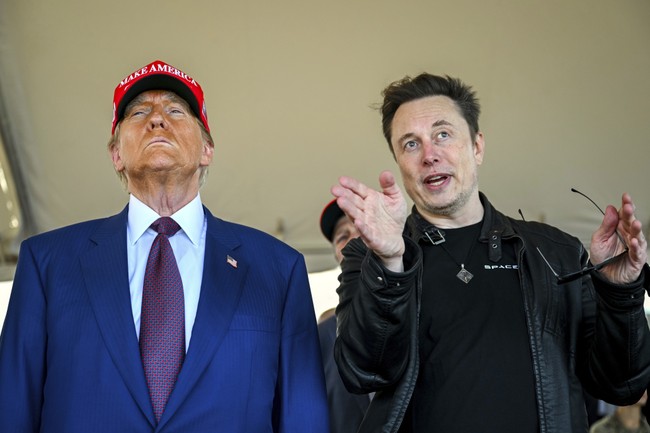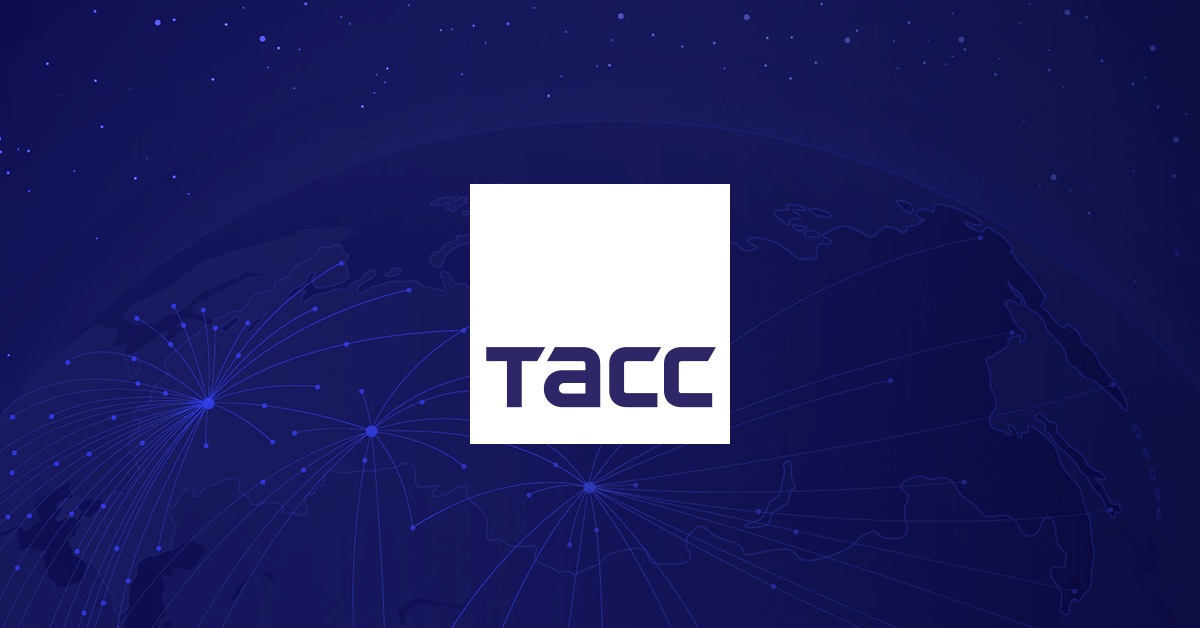RBI's New Chief Ushers in Forecasting Revolution
Discover how Sanjay Malhotra is transforming India's economic forecasting at the Reserve Bank, aiming to tackle inflation and growth uncertainties with advanced technology.
Published January 10, 2025 - 00:01am

Image recovered from finimize.com
The Reserve Bank of India (RBI) is undergoing a significant transformation under the leadership of its new governor, Sanjay Malhotra. Having recently assumed office, Malhotra is spearheading an overhaul of the bank's forecasting methodology, aiming to address the persistent challenges of inflation and growth predictions. This move is seen as a crucial step towards improving economic stability and ensuring more reliable policymaking.
The central bank has faced scrutiny over its previous forecasting inaccuracies, which have raised concerns among economists and investors. Malhotra's approach involves integrating modern technological tools, such as machine learning, into the RBI's analytical arsenal to better track economic indicators like food prices and digital payment trends. By building advanced models that are more responsive to market fluctuations and economic activity, the RBI intends to offer a clearer picture of the country's economic trajectory, thus fostering a more stable investment climate.
In recent months, the RBI has adjusted its growth forecasts downward, predicting a 6.6% growth for the fiscal year 2024-25, compared to the previous estimate of 7.2%. Concurrently, inflation forecasts have been revised upward to 4.8% from 4.5%. Such adjustments highlight the volatility and challenges faced by India's economy. A confluence of factors, including increased fuel prices, sluggish manufacturing growth, and unexpected changes in food prices, have impacted the RBI's ability to effectively project economic conditions.
The focus on leveraging digital datasets marks another innovative step by the Reserve Bank. As India's economy becomes increasingly digitized, insights from platforms like digital payment systems and online service providers can offer substantial data for predicting consumer behavior and economic trends. Malhotra is particularly intent on expanding the data used to examine the informal economy, a substantial portion of India's economic activity that has traditionally been underrepresented in official statistics.
The implementation of these sophisticated tools coincides with a global trend of central banks incorporating technology into economic analysis. By adopting practices similar to leading global financial institutions, the RBI not only aims to enhance its domestic policy guidance but also strengthen its resilience against global economic fluctuations. This could potentially shield the country from adverse economic shocks and provide a more robust framework for long-term economic planning.
Improving the forecasting models involves broadening the scope of data sources currently utilized by RBI economists. Information from small-ticket transactions, app-based services, and transportation platforms can complement traditional economic indicators, allowing for a nuanced understanding of economic dynamics. This comprehensive approach can bridge the gap between formal and informal economic activities, making projections more inclusive and accurate.
A crucial part of these efforts is addressing the notorious volatility of food prices, which has historically skewed the RBI's inflation forecasts. By employing machine learning to predict price shifts more precisely, the bank hopes to curtail the frequency and magnitude of forecast errors. An accurate inflation forecast is instrumental for shaping interest rate policies, thereby influencing borrowing costs and investment strategies within the economy.
Despite these promising advances, the challenges remain substantial. Economic forecasting inherently involves uncertainty, and while enhancements in data collection and analysis can mitigate some risks, they do not eliminate them entirely. The success of the RBI's new strategy will largely depend on its ability to adapt these tools to the unique nuances of the Indian economy.
The coming months will be critical in determining the effectiveness of these reforms. The February policy projections are eagerly anticipated, as they will reflect the first substantial outcomes of Malhotra's strategic initiatives. Investors, policymakers, and the general public are watching closely to gauge the impacts on economic stability and growth prospects.
The RBI's pivot towards data-driven forecasting underscores a broader commitment to technological adaptation in governance and finance. As India's economic landscape evolves, the role of digital transformation in shaping monetary policy will likely become more pronounced. This shift promises to not only refine the bank's policy frameworks but also to position India favorably within a rapidly shifting global economy.






